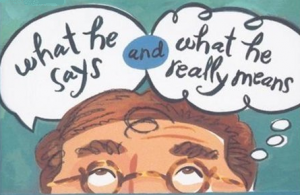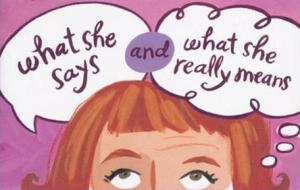Prototype: first impression
29 de agosto, 2010Purpose beyond profit
13 de outubro, 2010In my last post I mentioned the lessons we can learn from the end of Google Wave and I also mentioned how important it is to know the customer, to understand if our product idea solves a customer’s problem and if the customer is willing to pay for this solution.
But how do we know what the customer wants? Ho do we know that our product actually solves a problem? How do we know if the customer will pay for this solution?
Going directly to the point: don’t ask!
Asking directly to the customer what she wants may not bring you good results. Do you remember that famous Henry Ford saying that if he asked what the customer whats, they would have answered “a faster horse”?…
There’s also Jakob Nielsen’s first usability law:
Don’t listen to the users.
This type of bold phrases, like don’t ask and don’t listen to the user remind us that even more important than listening to the users is truly understanding what they need.
Usability tests use this principle. In a usability test we ask the user to perform a certain task and we watch how the user does it and what problem she faces. If we asked the customer if the product is simple to use, good chances that the answer would not be 100% accurate.
Another good exercise is to watch an user 3 minutes before and 3 minutes after she uses a product. Chances are that she does something prior to use the product, and something right after finishing using the product that could be incorporated into the product facilitating its use. If we asked her what she normally does before and after using that product, maybe we wouldn’t get a good answer since the actions could be so automatic that she even realized she was doing something that could be incorporated into the product.
But what if we don’t have a product? Well, use a prototype! 🙂
Lessons learned
- Just asking and listening to the customers is not enough to understand what the customer needs.
- We have to get out of the building and go where the customer is, talk to her, watch her using the product in her “natural habitat”.
- If we don’t have a product, we use a prototype.



